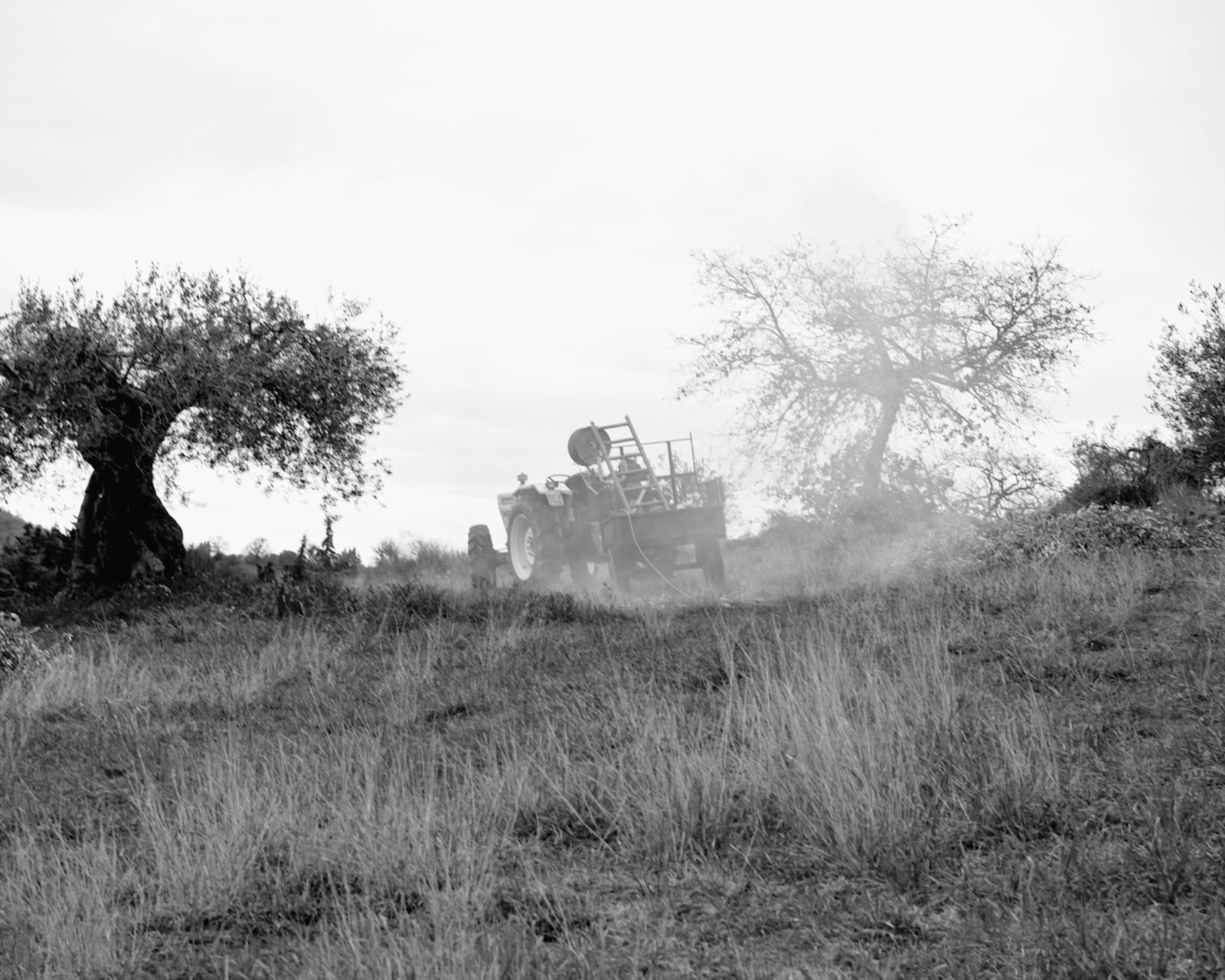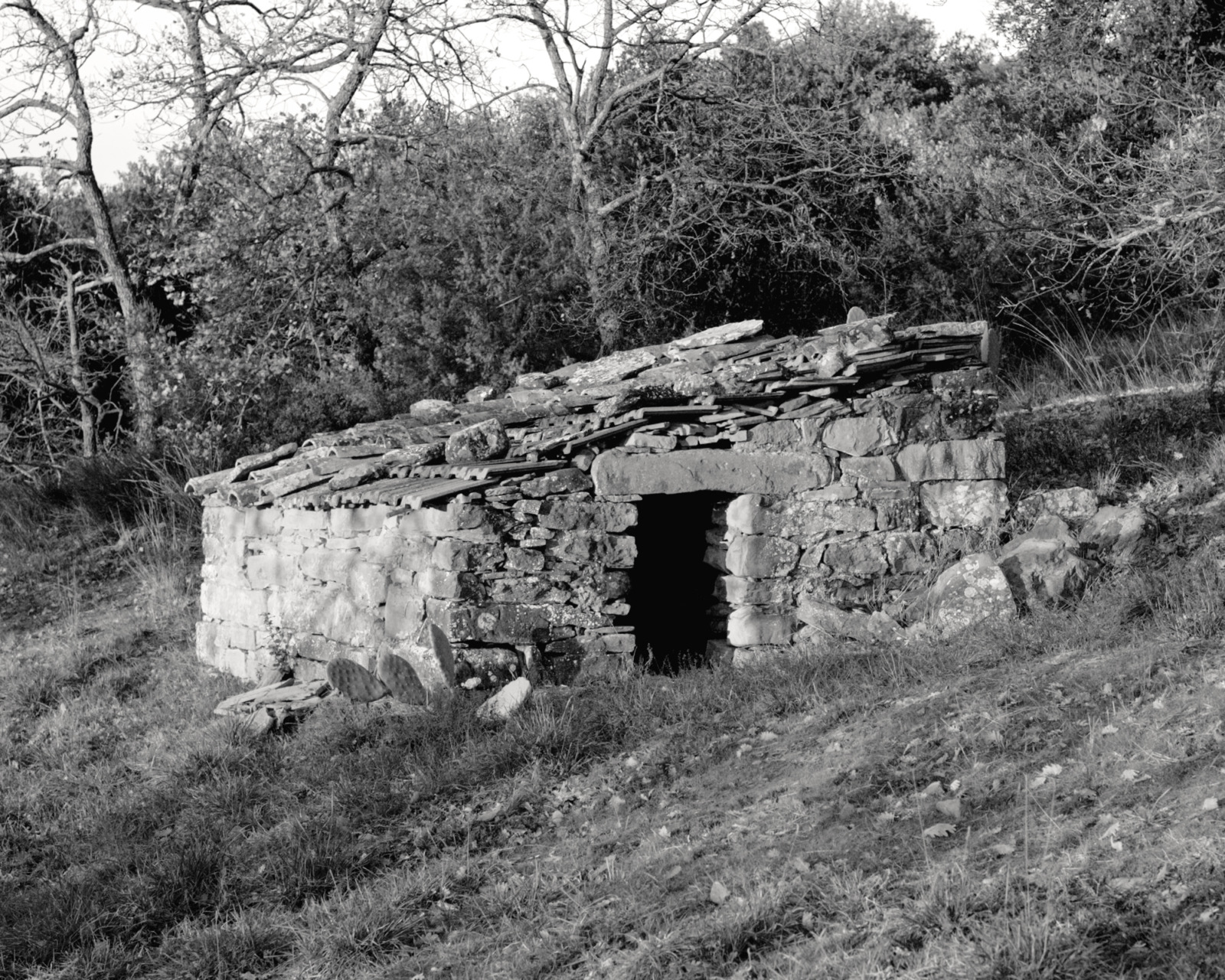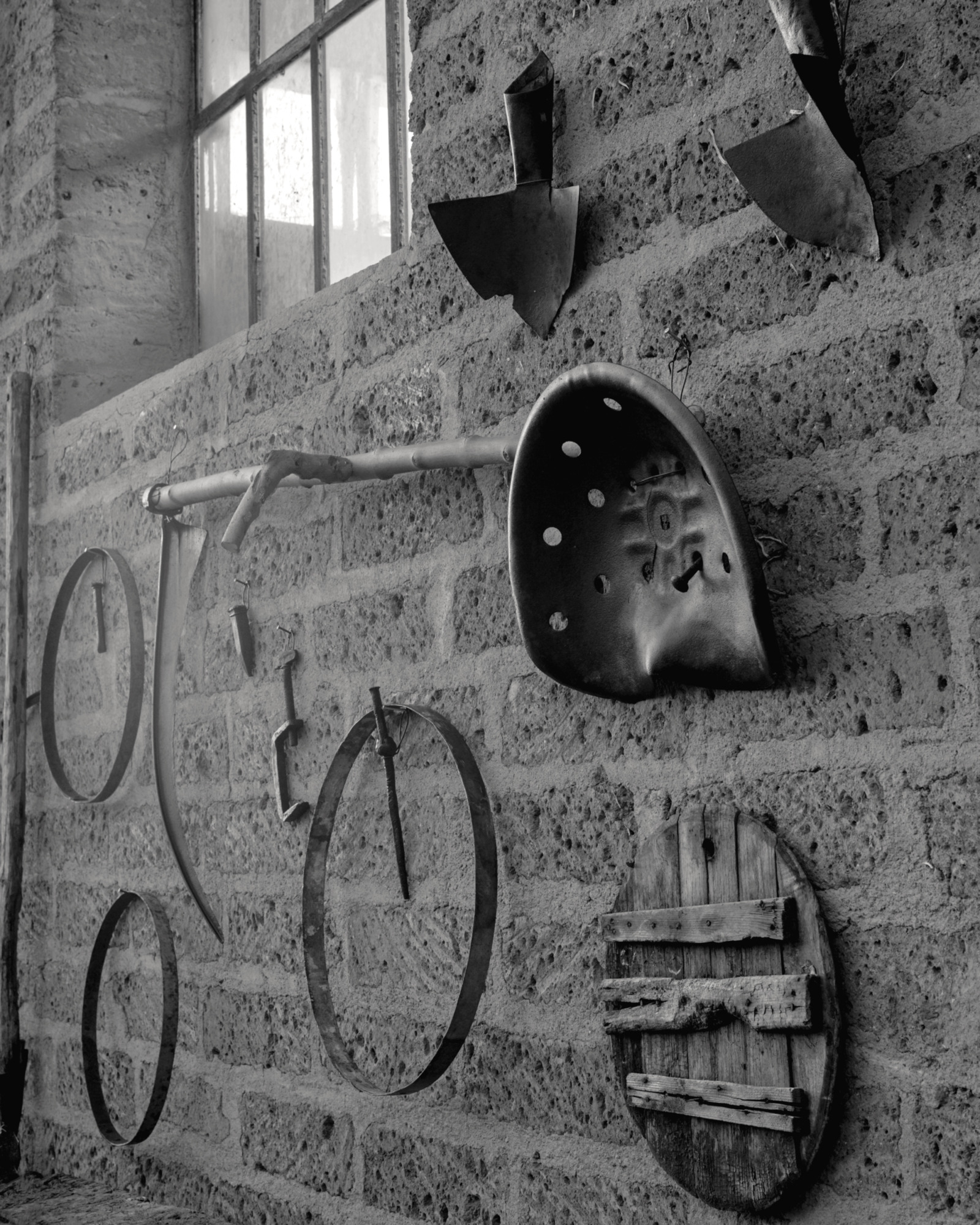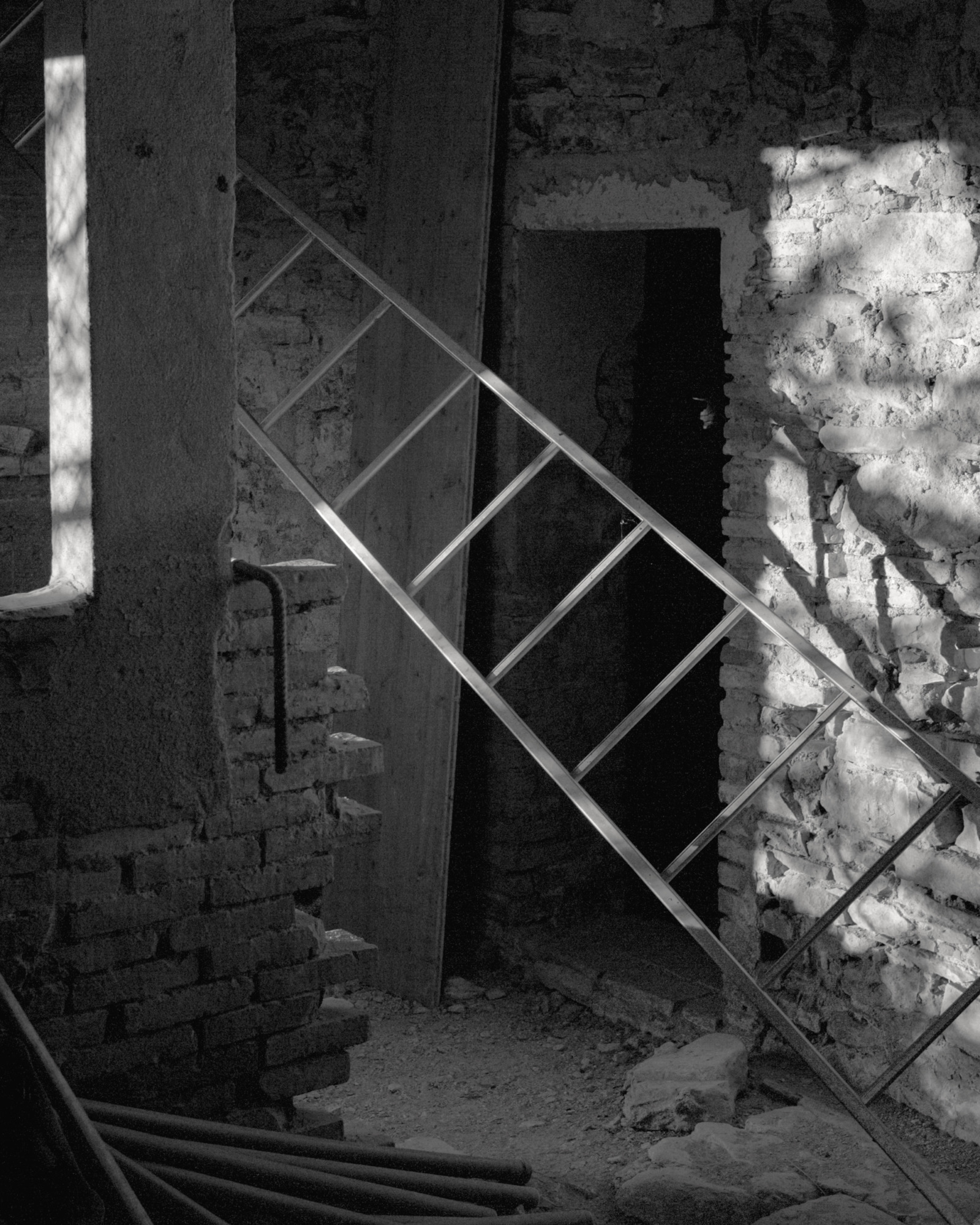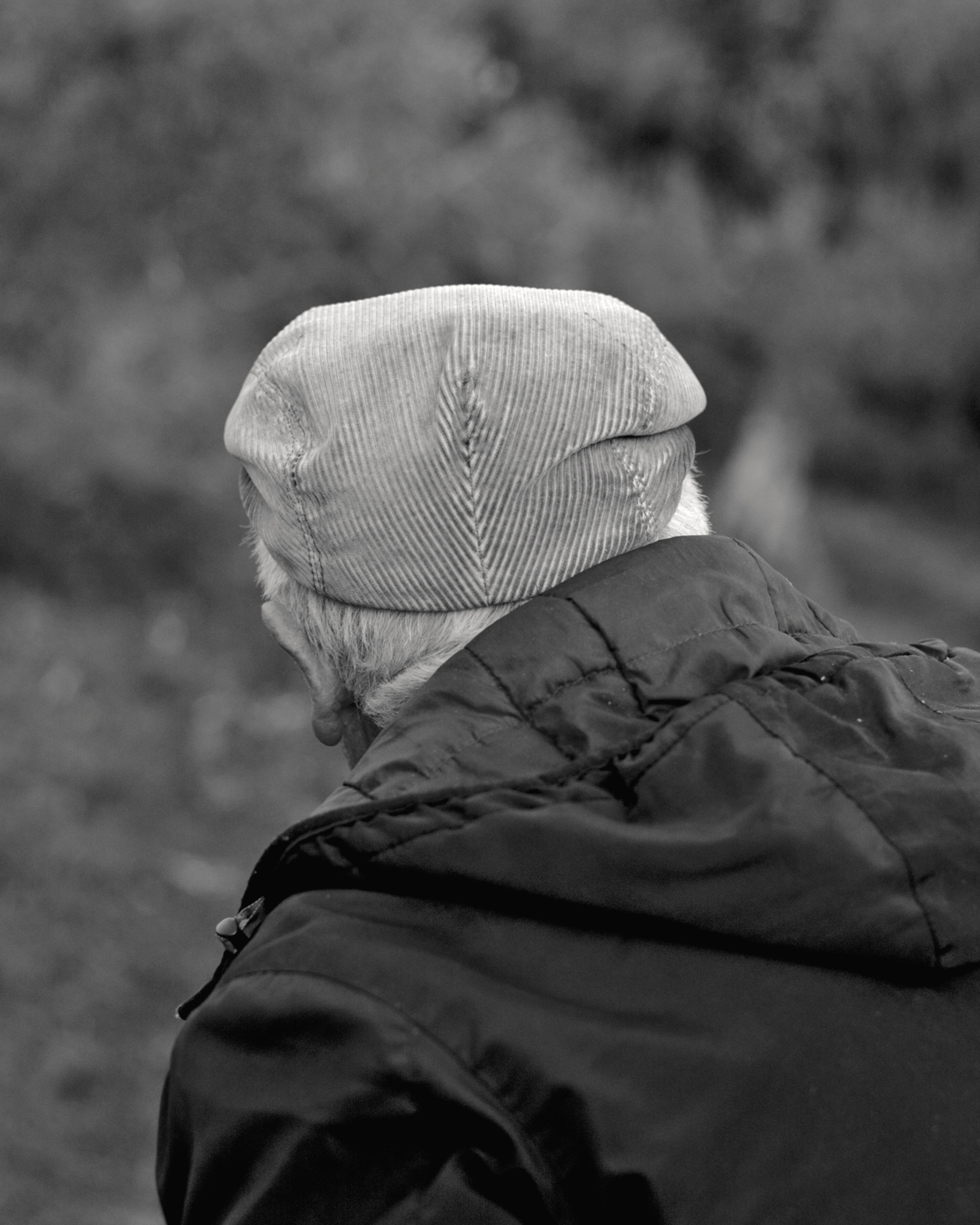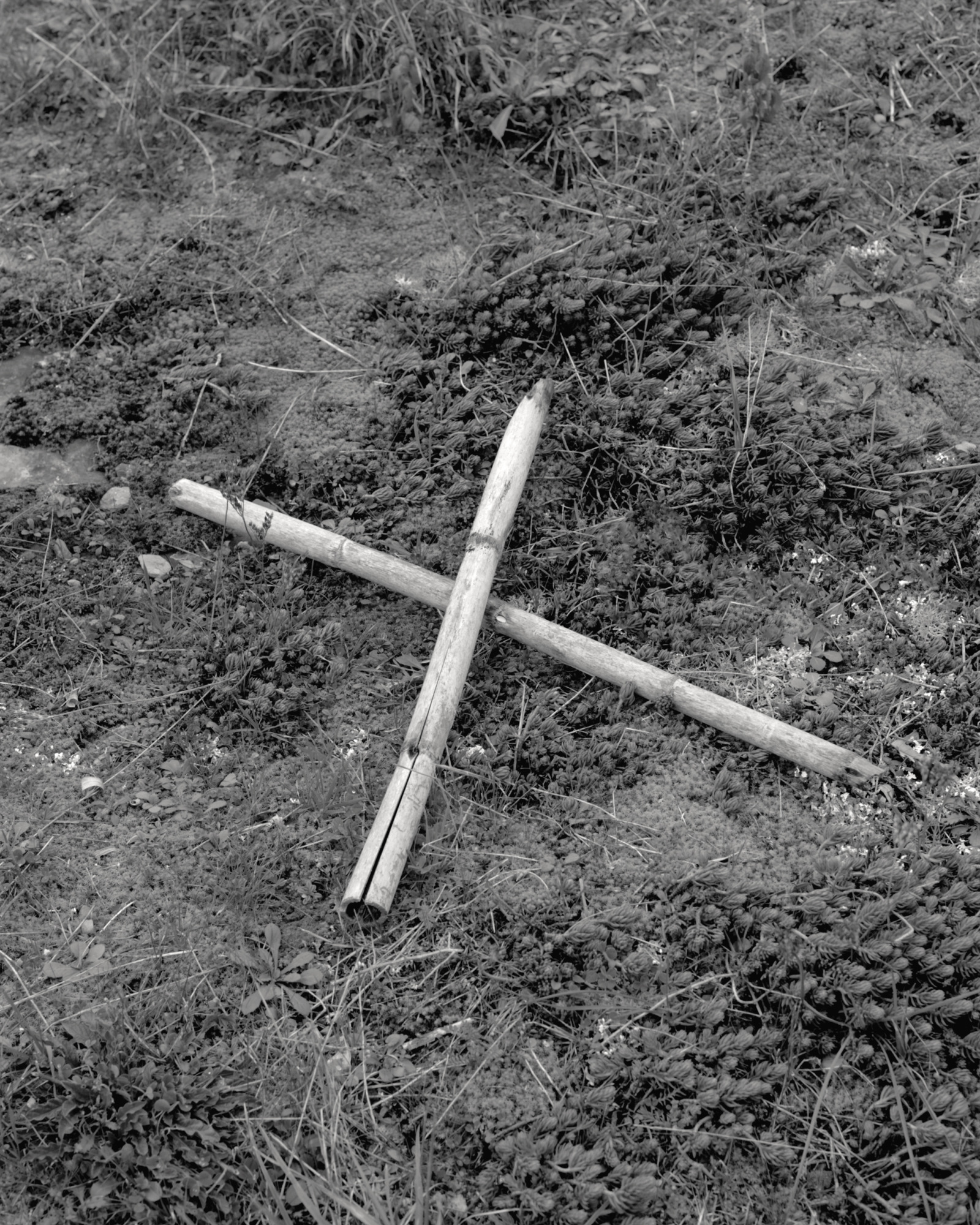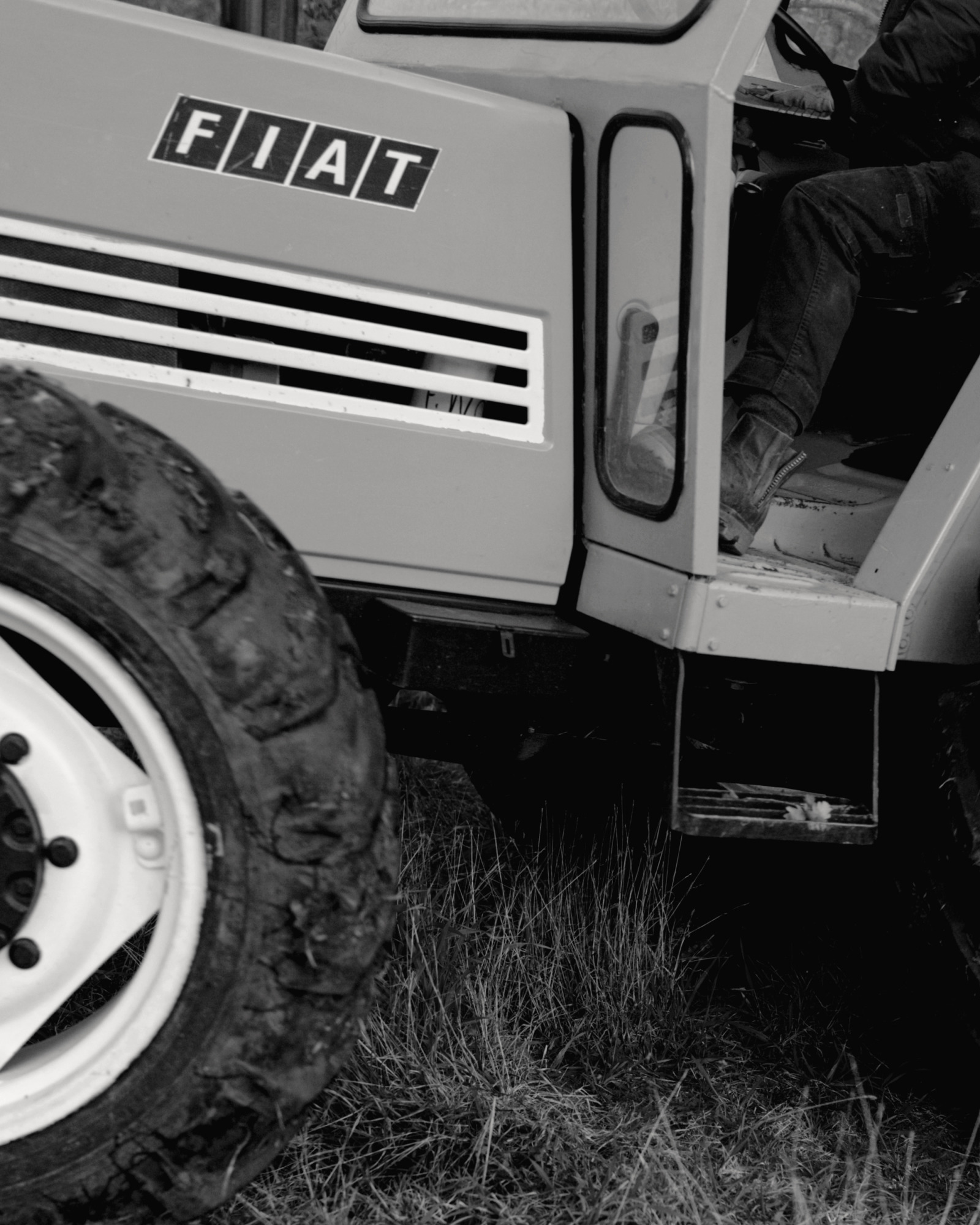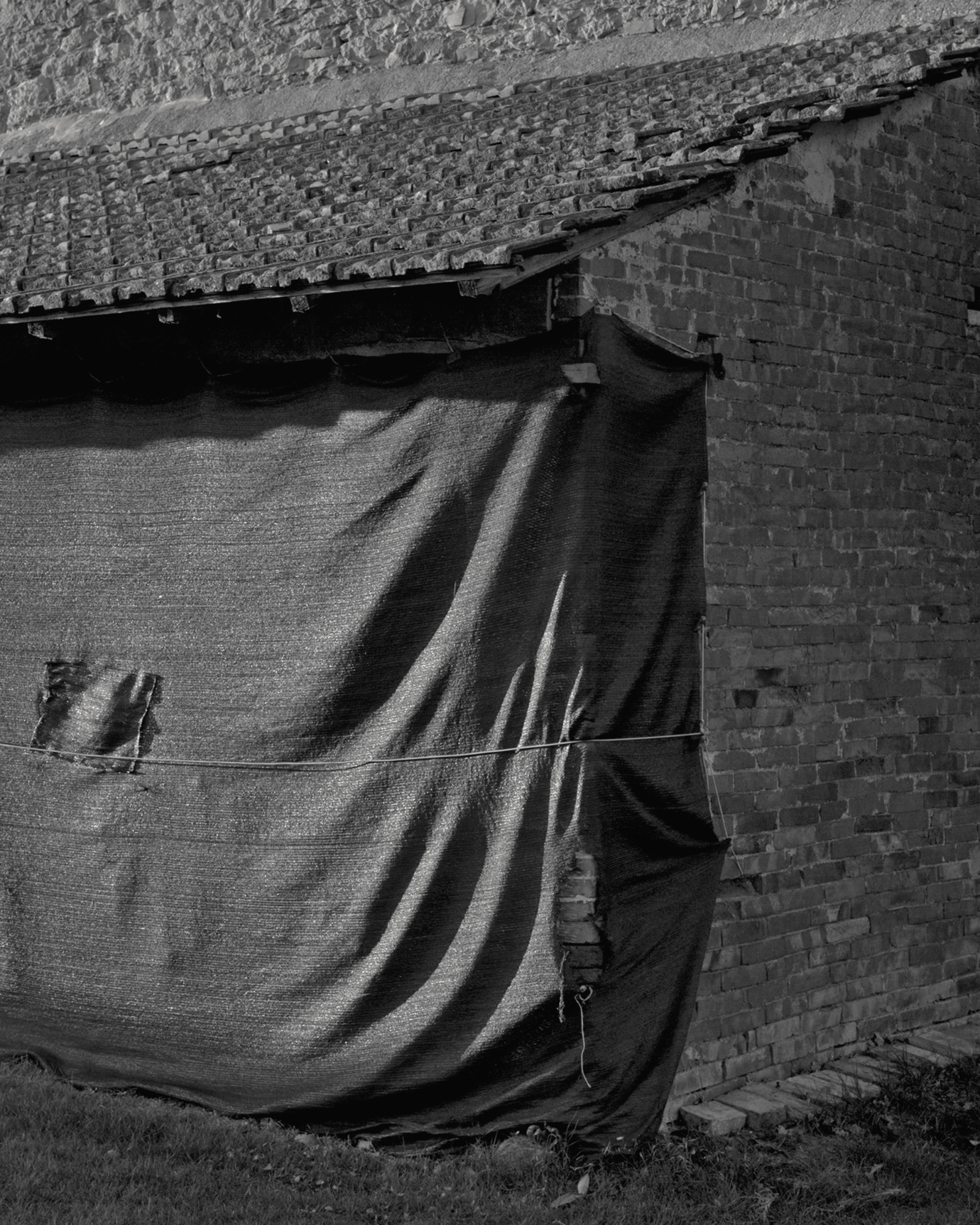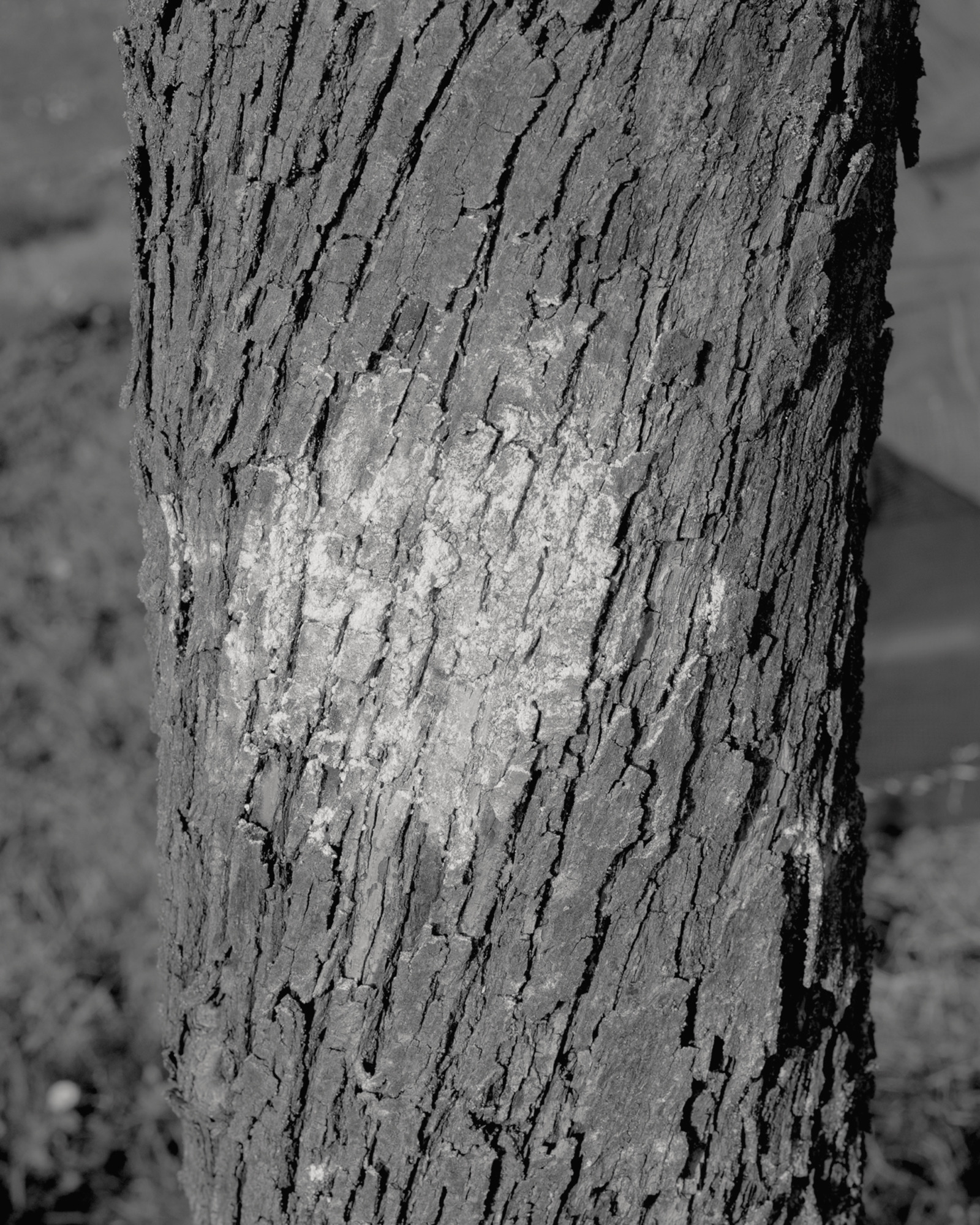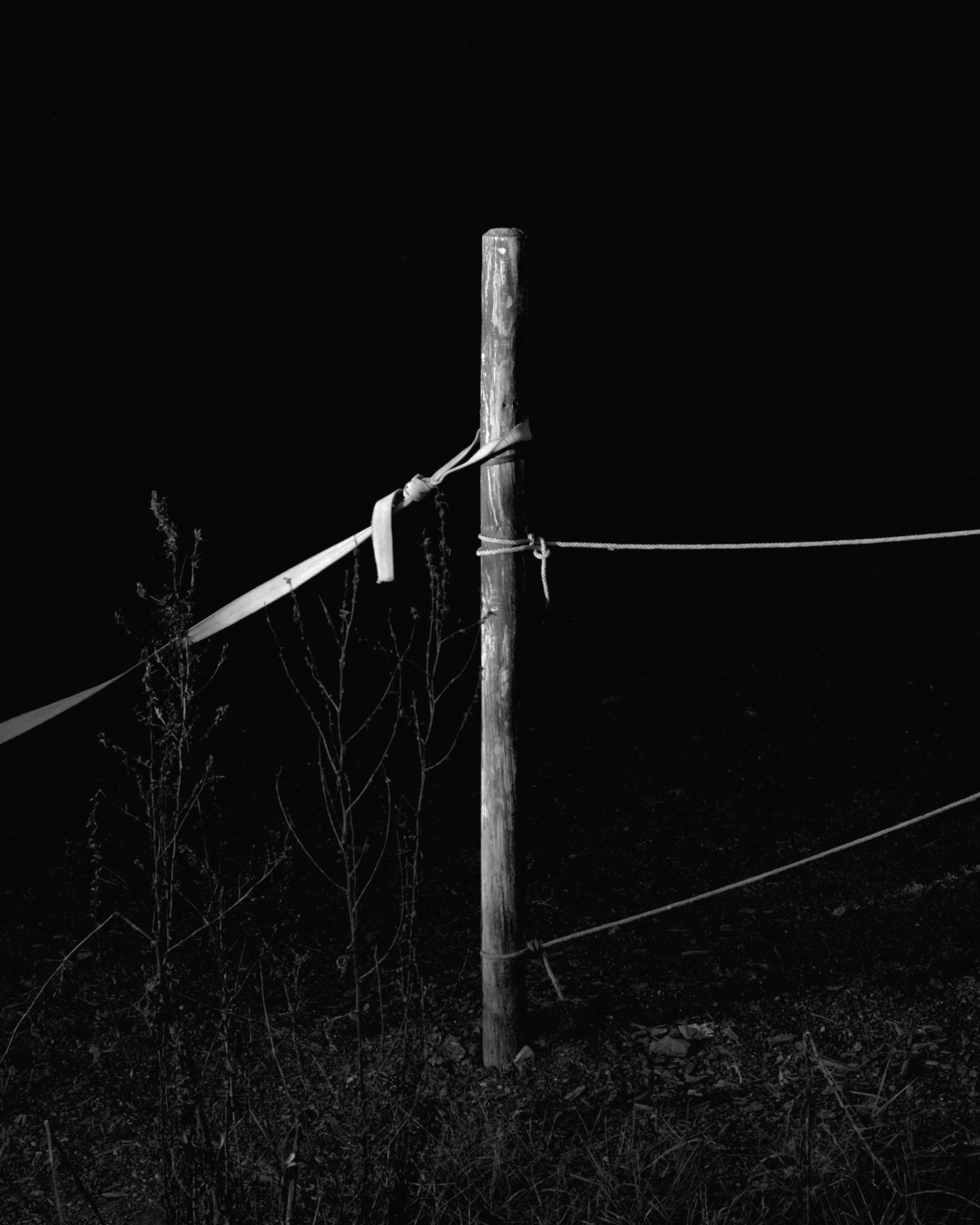Marco de Ieso – Serpaio
In central Italy, the Umbria region is characterized by an infinite number of hamlets and small towns that have not undergone changes over the years. It seems as if time has stopped to preserve the wealth and origins of these places. Traditions and habits have also remained unchanged, perhaps they have undergone small changes due to the fact that many elderly people are disappearing, but surely young people will always have a teaching that comes from previous generations. In this photographic series a small group of peasant houses on a hill around Lake Trasimeno. Serpaio is the term that in Panicalese dialect means “tall and thick grass”.
December and January are the months in which that freezing cold begins and unfortunately those who work in the countryside cannot stop. In this period the pruning of the olives takes place and as every year for a very long time rumours and rumours have been spreading about who can best cut the branches of these plants to make them have an exponential growth. Those who work the hardest are the young, but the elderly with so much strength and attachment to the territory and its workings help as if their advanced age were not an obstacle. Among the many branches, a lot of wood is obtained which will be stowed in large huts and will then be useful for warming up all winter. Every time the pruning starts, which can last until Easter, a wooden cross is placed on the ground where the blessed palms will then be placed so that the next harvest is of large quantities.
Tall grass is the main obstacle for those who work in these olive groves, it gets stuck between the branches, between the legs and creates difficulties in walking. The context in which these events take place has remained unchanged for some time and it is possible to find small houses, buildings, doors, intertwining and ties with very ancient roots but which are still used today as they once were.
I used the name of a ritual and a popular tradition – pruning – because the same procedure is repeated every year and an awareness spreads in the air that we are acting in the plant as if we were acting on ourselves by taking care of our body so that over the years is in good health.
Stones, chimneys that follow an opposite direction, human and animal presences, smoke, bricks, dust, bindings, cosmic emptiness.
Marco De Ieso was born in Perugia in 1998. The passion for photography began from an early age when a strong attachment to archive images was born in him, where scenes of everyday life were represented set in the country from which he comes, Panicale. The rural context and popular traditions are what characterized the storytelling part in his path, bringing out a strong attachment to family and origins.
His work has been published in Vogue Italia, Perimetro Milano, CAP 74024, C41 Magazine, Sali e Tabacchi Journal, Shuba Magazine, FrizziFrizzi, Deep Blue Analog, Majestic Casual, Organiconcrete, Casa di Banista, Caroline Records, Filicole Volanti, CUS Photo, Social Musique , College Music, Raincheck, STRLG, Overnorth.

